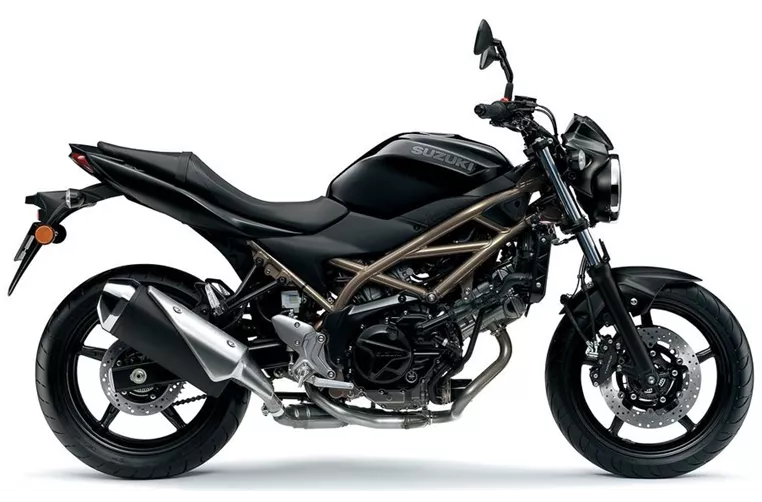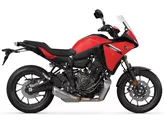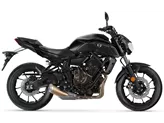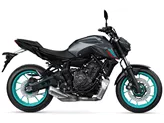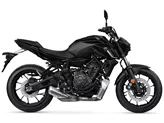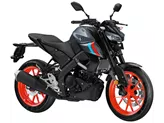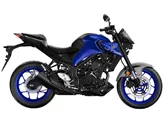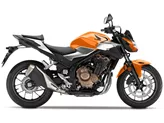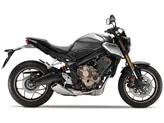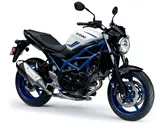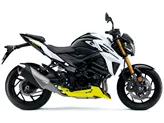Yamaha MT-07 2019 vs. Suzuki SV 650 2021

Yamaha MT-07 2019
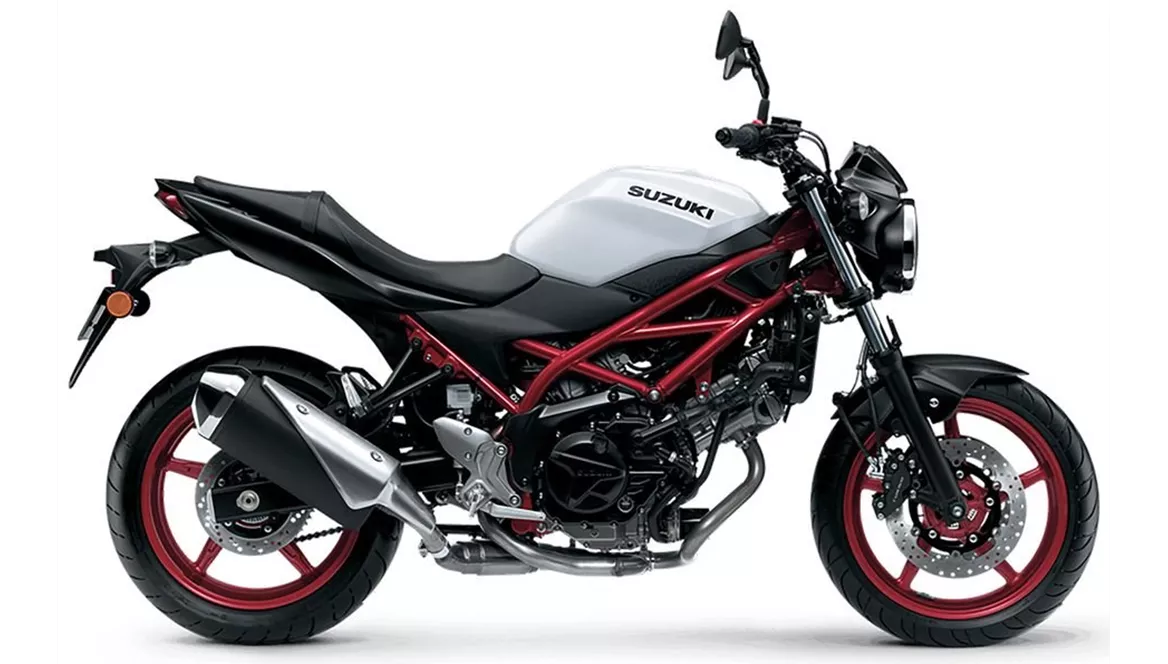
Suzuki SV 650 2021
Vue d’ensemble - Yamaha MT-07 2019 vs Suzuki SV 650 2021
The Yamaha MT-07 2019 and the Suzuki SV 650 2021 are both popular naked bikes that offer a thrilling riding experience. While they share some similarities in terms of engine type, cooling system, suspension, and frame material, there are also notable differences between the two models.
In terms of engine performance, the Yamaha MT-07 2019 comes with an inline twin-cylinder engine that produces 75 horsepower and 68 Nm of torque. On the other hand, the Suzuki SV 650 2021 features a V-twin engine that delivers slightly lower power at 73 horsepower and 64 Nm of torque. Both bikes have a displacement of around 650cc, providing ample power for everyday riding.
When it comes to handling, the Yamaha MT-07 2019 boasts a well-done chassis update, offering easy and agile maneuverability. It also provides a pleasant seating position, ensuring rider comfort during long rides. The Suzuki SV 650 2021, on the other hand, features a stable chassis that inspires confidence in corners. It also offers a comfortable seating position, allowing riders to enjoy extended periods on the bike without discomfort.

Yamaha MT-07 2019
In terms of braking, both bikes are equipped with double disc brakes at the front. However, the Suzuki SV 650 2021 has been noted to require more manual force to engage the brakes effectively. This could be a potential drawback for riders who prefer a more responsive braking system.
In terms of design and aesthetics, the Yamaha MT-07 2019 has a modern and sporty look, with a wide selection of accessories available for customization. On the other hand, the Suzuki SV 650 2021 has a timeless design that appeals to riders who prefer a classic look.
In terms of practicality, both bikes have similar front tire width and diameter, but the Yamaha MT-07 2019 has a wider rear tire compared to the Suzuki SV 650 2021. The wheelbase of the Suzuki SV 650 2021 is slightly longer, which may contribute to its stability on the road. The seat height of the Yamaha MT-07 2019 is slightly higher than that of the Suzuki SV 650 2021, which may be a consideration for shorter riders.
In terms of weight, the Yamaha MT-07 2019 is lighter, with a kerb weight of 182 kg compared to the Suzuki SV 650 2021, which weighs 200 kg. This weight difference may contribute to the Yamaha's agility and ease of handling.
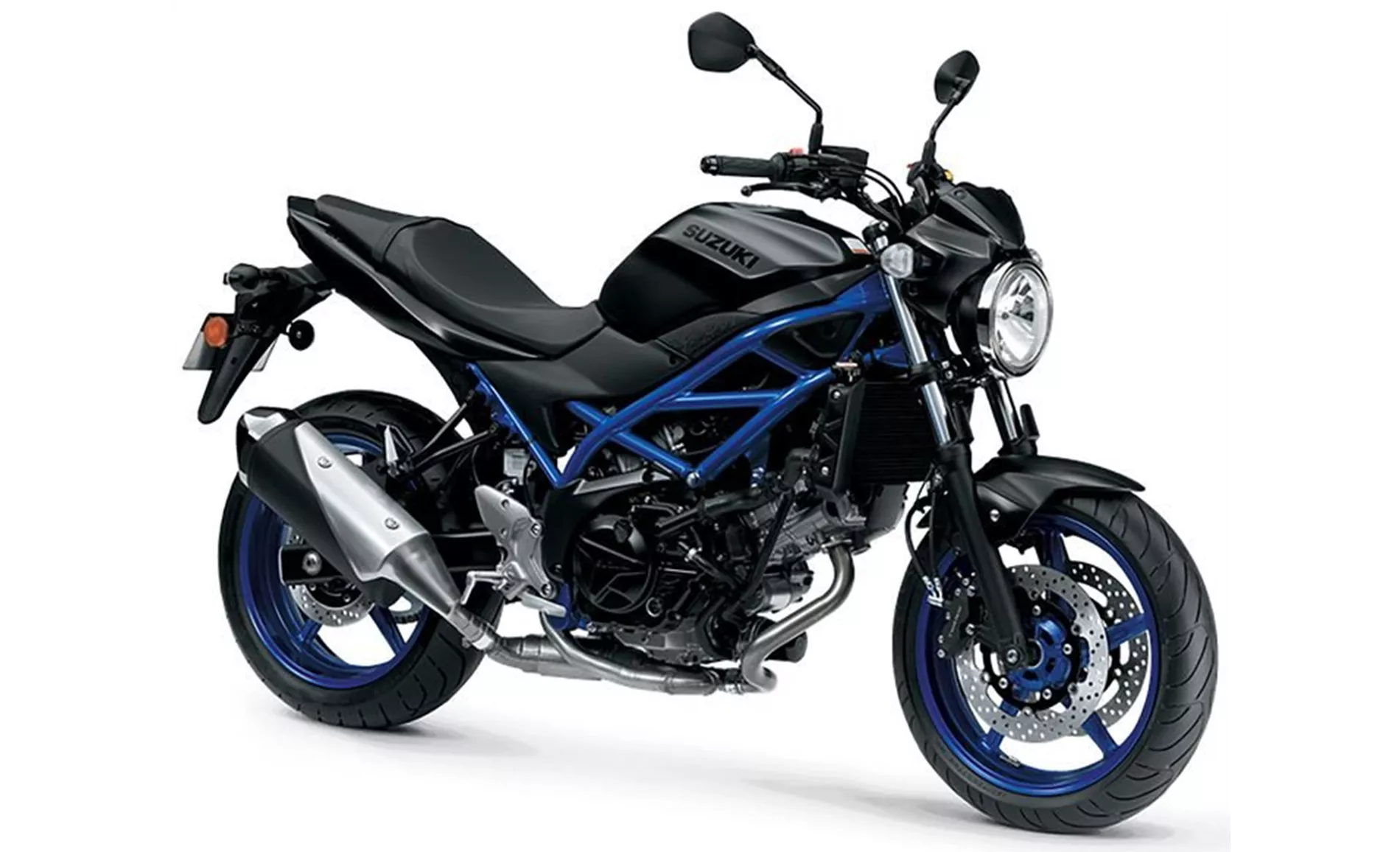
Suzuki SV 650 2021
Both bikes have a similar fuel tank capacity, with the Yamaha MT-07 2019 having a 14-liter tank and the Suzuki SV 650 2021 having a slightly larger 14.5-liter tank.
In terms of weaknesses, the Yamaha MT-07 2019 has been criticized for its slightly outdated-looking dashboard and cheap controls on the handlebars. The Suzuki SV 650 2021, on the other hand, lacks electronic features apart from ABS and has instruments that are moderately readable.
In conclusion, both the Yamaha MT-07 2019 and the Suzuki SV 650 2021 offer exciting riding experiences with their powerful engines and capable chassis. The Yamaha excels in terms of its updated chassis, easy rideability, and a wide range of accessories. The Suzuki, on the other hand, offers a characterful V-twin engine, stable handling, and a comfortable seating position. However, the Yamaha may have an edge in terms of weight and agility, while the Suzuki may appeal to riders who prefer a timeless design. Ultimately, the choice between the two models will depend on individual preferences and priorities.
Caractéristiques techniques Yamaha MT-07 2019 par rapport à Suzuki SV 650 2021
Avantages et inconvénients en comparaison
Avantages et inconvénients en comparaison
Yamaha MT-07 2019

La première série MT-07 constituait déjà une base délirante pour une conduite sportive sur des motos naked. Avec le modèle 2018, Yamaha a enfin réussi à mettre tout le potentiel du moteur CP2 sur la route. Mot-clé : châssis. Grâce à de simples interventions, les composants de la suspension disposent désormais du caractère sportif que nous souhaitions depuis longtemps. L'aspect rafraîchi leur donne en outre un air nettement plus adulte. Seuls les tableaux de bord et les unités de commande semblent un peu dépassés - mais on voit ici pourquoi la MT-07 est proposée à un prix aussi compétitif !
Suzuki SV 650 2021
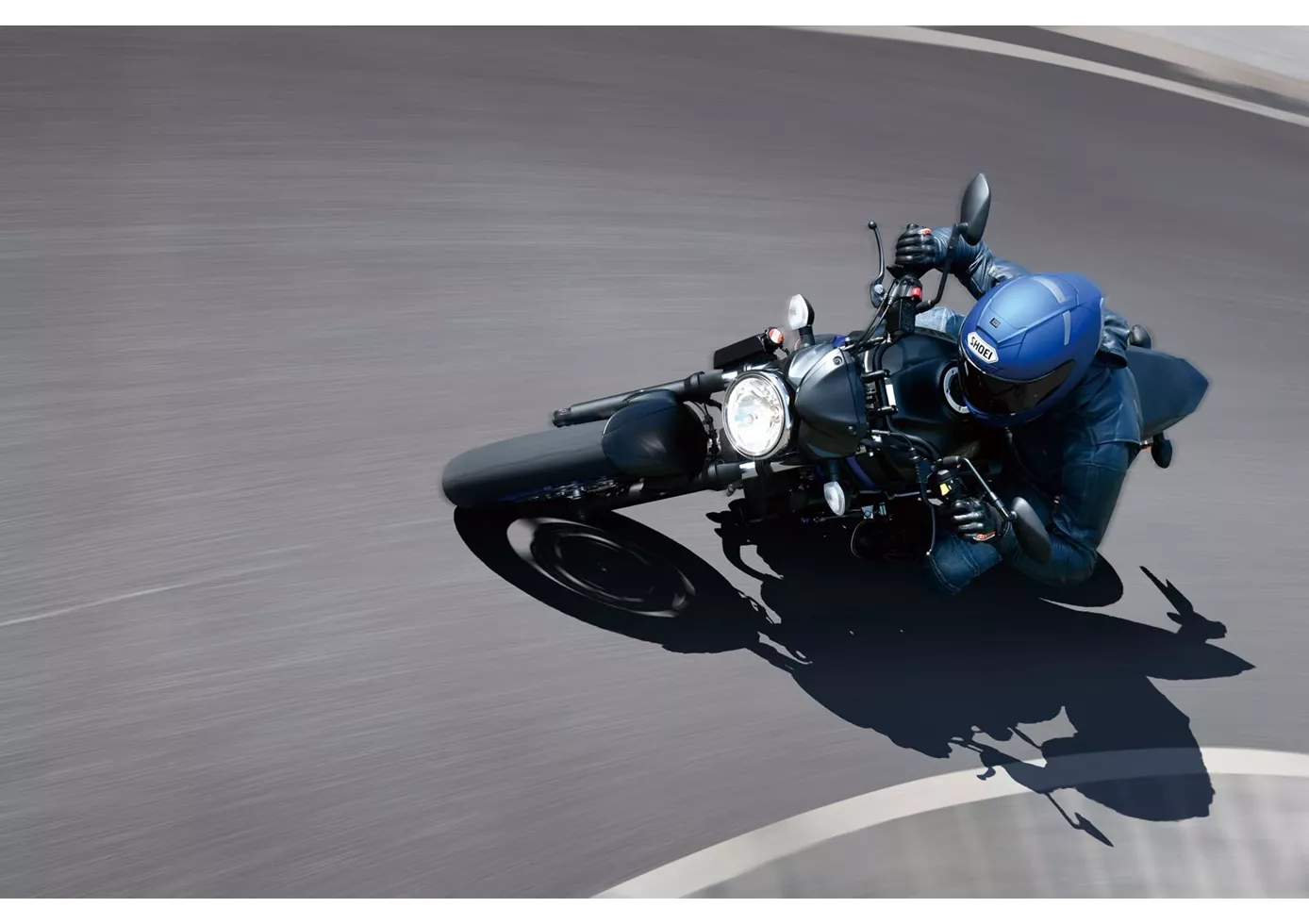
La Suzuki SV 650 n'a pas beaucoup évolué depuis cinq ans par rapport à son prédécesseur. Le moteur a été mis à jour selon la norme Euro5 et se présente désormais de manière encore plus adulte, ce qui lui permet de s'intégrer parfaitement au reste du package. La SV 650 ne veut effrayer personne, surtout pas les débutants. Le châssis donne une impression de solidité et de sérénité, le frein demande une bonne force manuelle pour éviter un surfreinage inattendu. L'optique est d'une part intemporelle, mais d'autre part vraiment un peu dépassée sur certains composants. En revanche, le prix est correct, comme d'habitude chez Suzuki.
Comparaison des prix Prix moyen du marché Yamaha MT-07 vs Suzuki SV 650
There are a few key differences between a Yamaha MT-07 2019 and a Suzuki SV 650 2021. In terms of price, the actual average price of a Yamaha MT-07 2019 is about 13% higher. A Yamaha MT-07 2019 experiences a loss of 250 USD in one year and 10 USD in two years of ownership. This is offset by a loss of 130 USD and 520 USD for a Suzuki SV 650 2021. Compared to Suzuki SV 650 2021 there are more Yamaha MT-07 2019 bikes available on the 1000PS.de Marketplace, specifically 18 compared to 13. It takes less time to sell a Yamaha MT-07 with 60 days compared to 111 days for a Suzuki SV 650. Since model year 2013 1000PS.de editors have written 69 reviews for the Yamaha MT-07 and 25 reviews for the Suzuki SV 650 since model year 2005. The first review for the Yamaha MT-07 was published on 11/4/2013 and now has more than 12,600 views. This compares to more than 14,200 views for the first review on Suzuki SV 650 published on 9/26/2008.

